You may have seen the term Silicone Edge Graphics (SEG) thrown around when referring to lightboxes or fabric displays. While the term may sound technical, it refers to an increasingly popular style of display that delivers sleek, vibrant, and edge-to-edge graphics. In this short guide, we’ll break down everything you need to know about SEG, including how it works, its advantages over traditional displays, and why it’s becoming the go-to solution for businesses. Whether you’re looking to create a captivating point-of-sale display or simply update your marketing visuals, SEG could be the ideal solution for you.
What are SEG graphics and how do they work?
SEGs are printed on high-quality specialist tension fabric using an environmentally friendly dye-sublimated printing process. The edge of the graphics is lined with a thin silicone strip to allow the graphic to sit securely within the recessed grooves of a display frame. This means different graphics can be easily swapped in and out depending on the use. It’s important to note that this is one of the many features that sets SEGs apart from other graphics.
The graphics are also B1 fire-rated which is ideal for use in high-traffic areas. This gives businesses peace of mind as they can ensure the safety of their customers, without having to compromise on visuals.
Dye-sublimation printing
Every SEG is produced using a dye-sublimation technique for eye-catching and vibrant colours. Dye-sublimation is a more environmentally friendly printing process due to the minimal waste produced. The process involves turning a solid into a gas which means no water is needed. This is unlike screen printing, which consumes high volumes of water and can lead to water pollution or ground contamination.
The dye sublimation process uses heat to transfer ink from special transfer paper directly onto the material. It gives a high-quality and long-lasting print finish.
What makes SEG different from other graphics options?
- SEG are printed on quality stretch material which is wrinkle-resistant and glare-free
- They are designed to be all picture and no frame, giving a seamless look
- The graphics are interchangeable making it easy to update promotional displays
- The dye-sublimation printing process is a more sustainable printing option
- Most SEG display frames fold up making a lightweight and highly portable item
- The SEG are printed on fabric which also folds up neatly, making transportation straightforward
Which displays use SEGs?
The fantastic thing about SEGs is how versatile they are. While they can be used almost anywhere, they are especially popular in high-traffic settings such as exhibitions, trade shows, and retail stores. Their sleek, modern look helps businesses create impactful visual displays that draw attention and leave a lasting impression.
Among the most common SEG display options are back wall displays, which are portable and easy to set up, making them ideal for events and promotional campaigns. Lightboxes, which illuminate the graphic from behind, offer eye-catching displays that enhance the visibility of branding. Additionally, wall display frames with SEG technology are used to create bold graphics that are perfect for retail spaces that require a professional appearance.
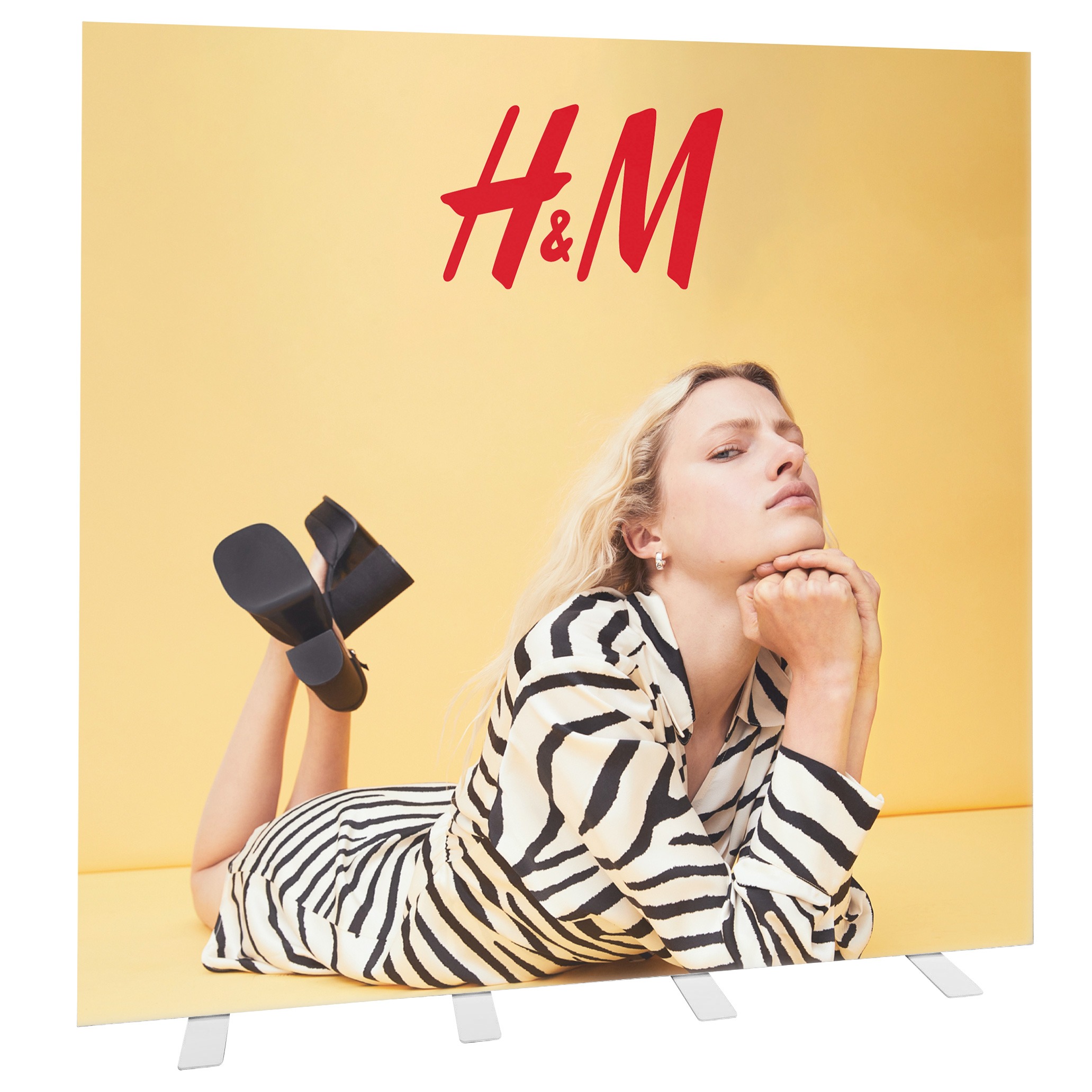
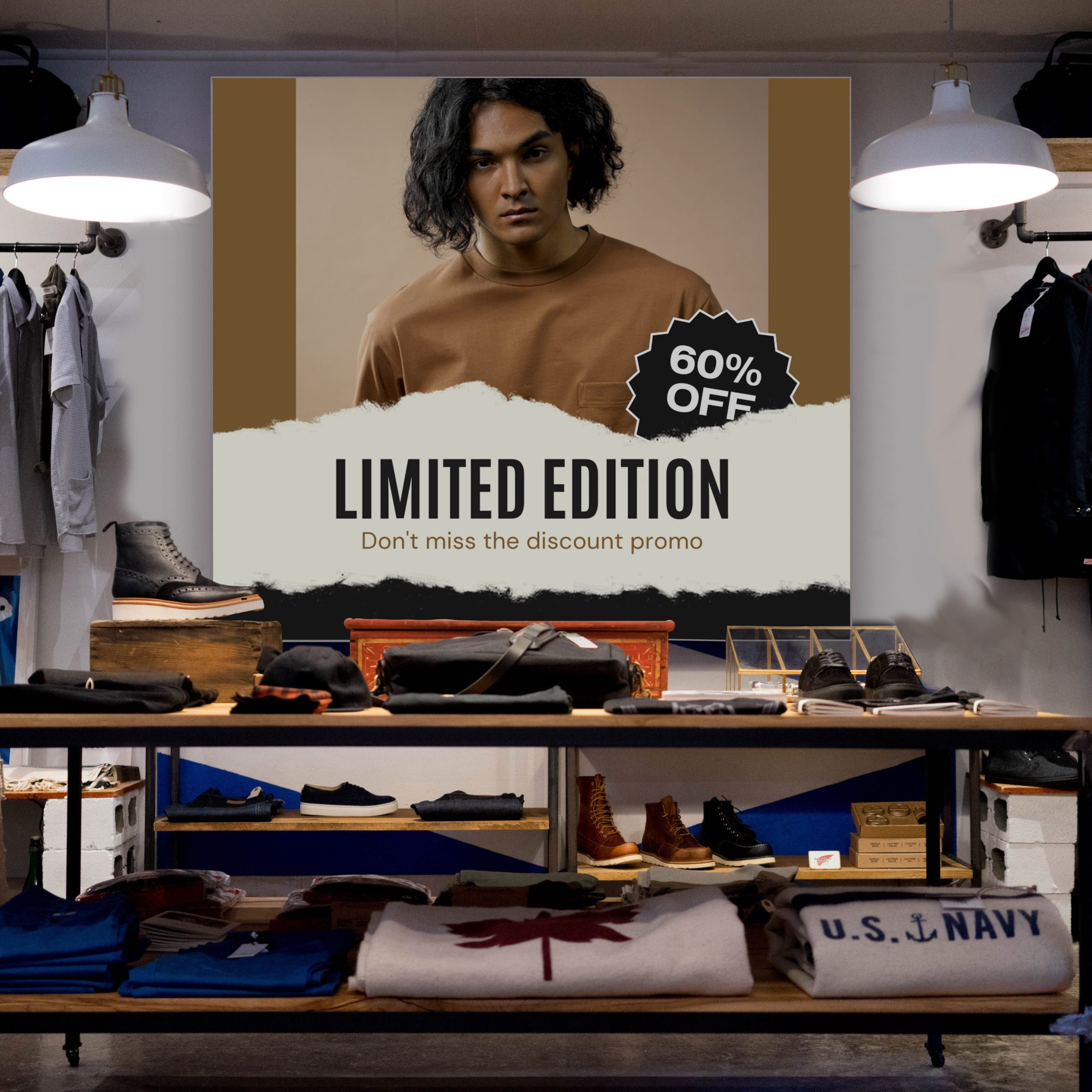
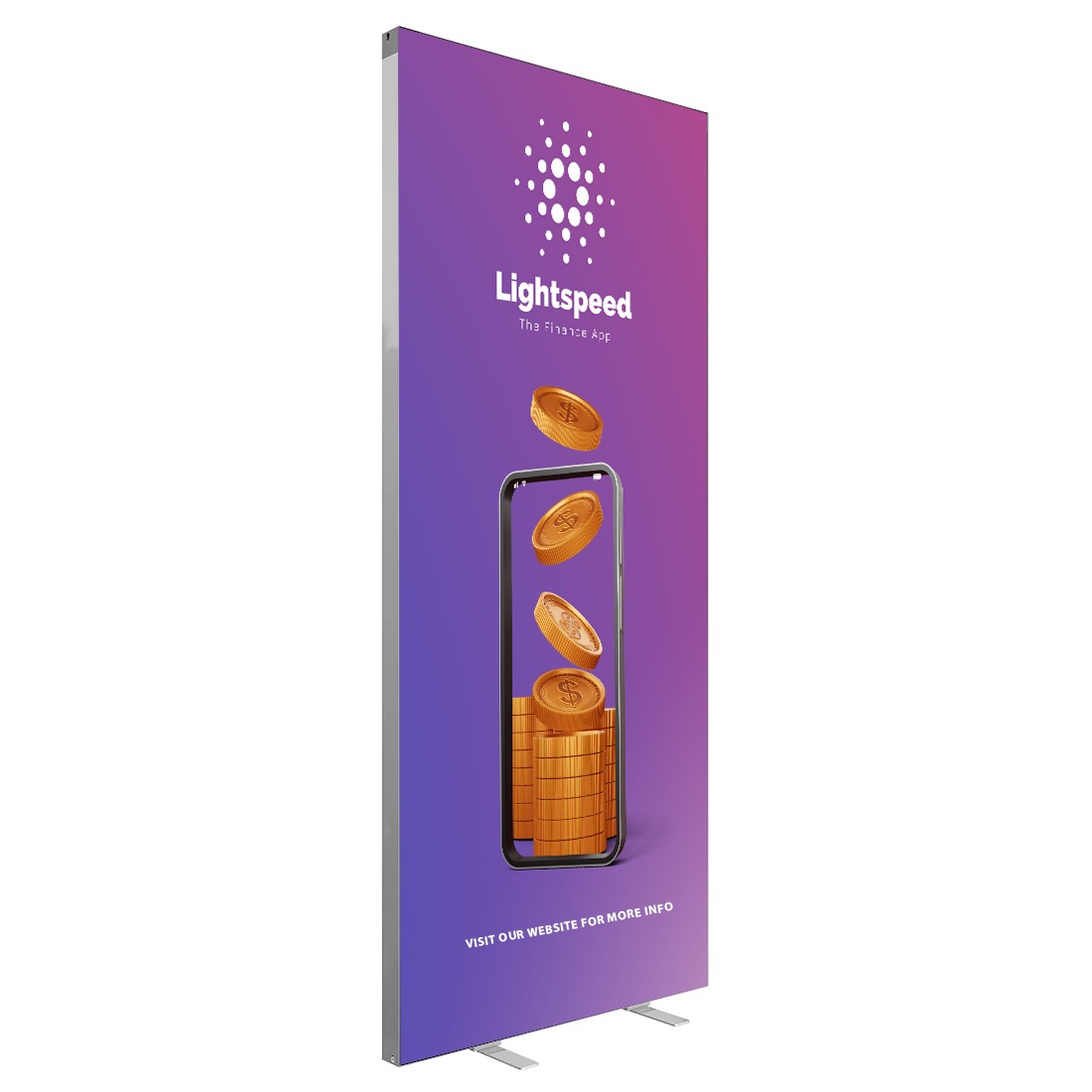
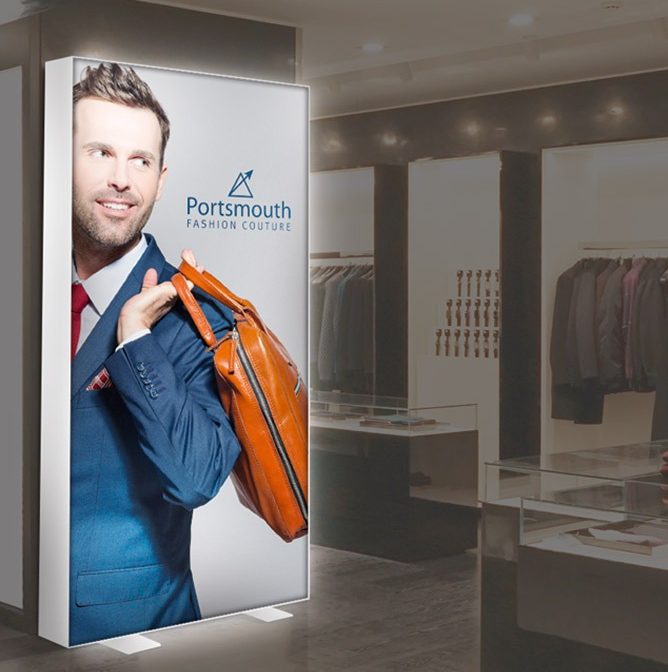
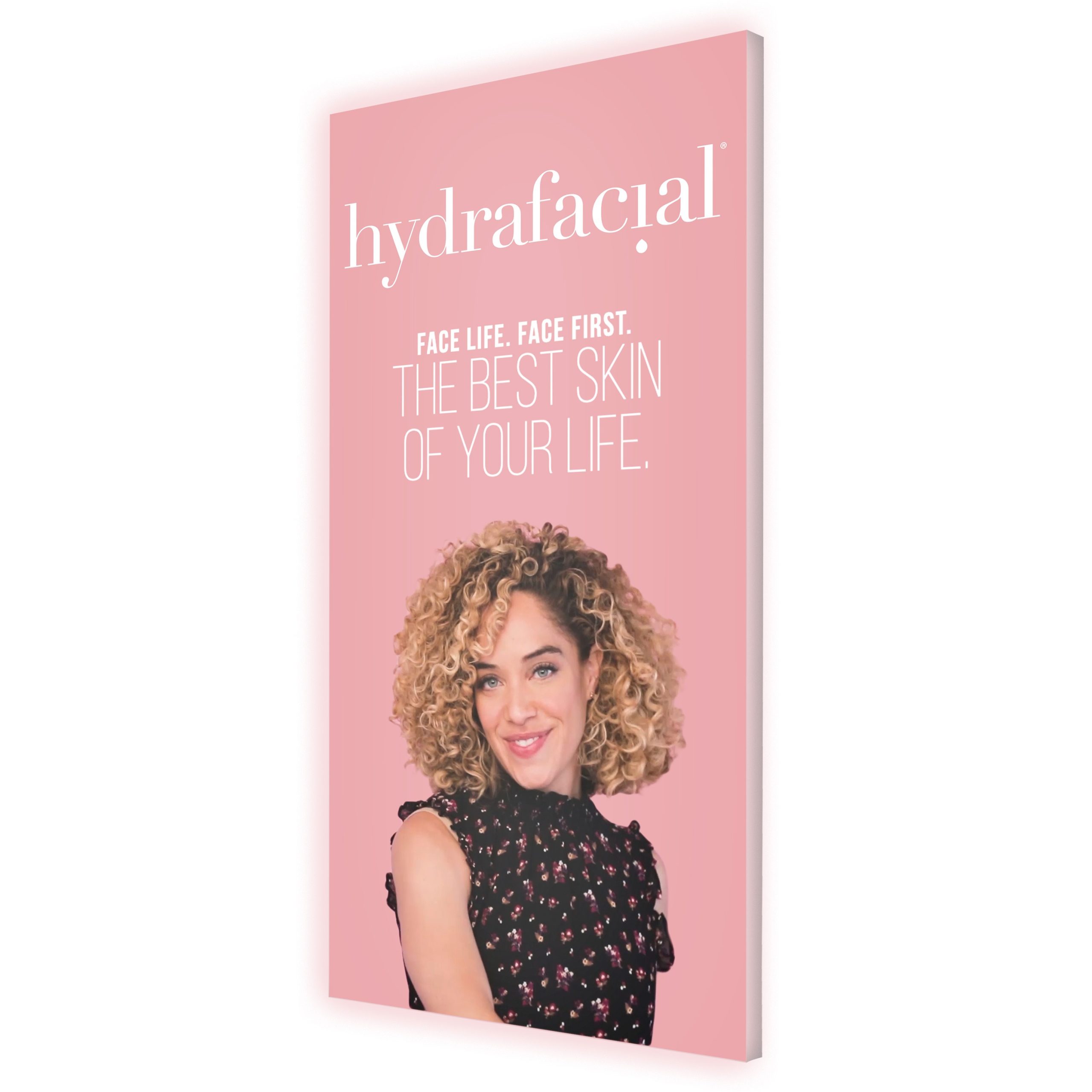
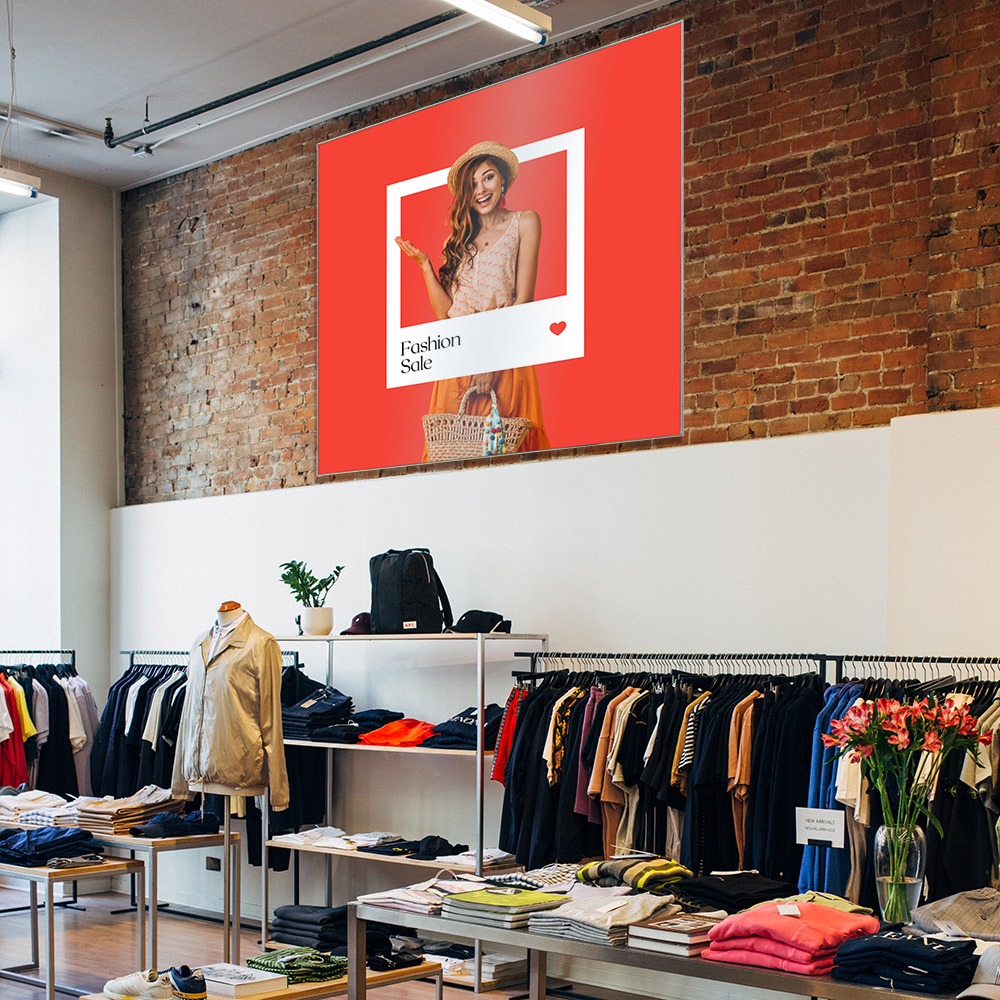
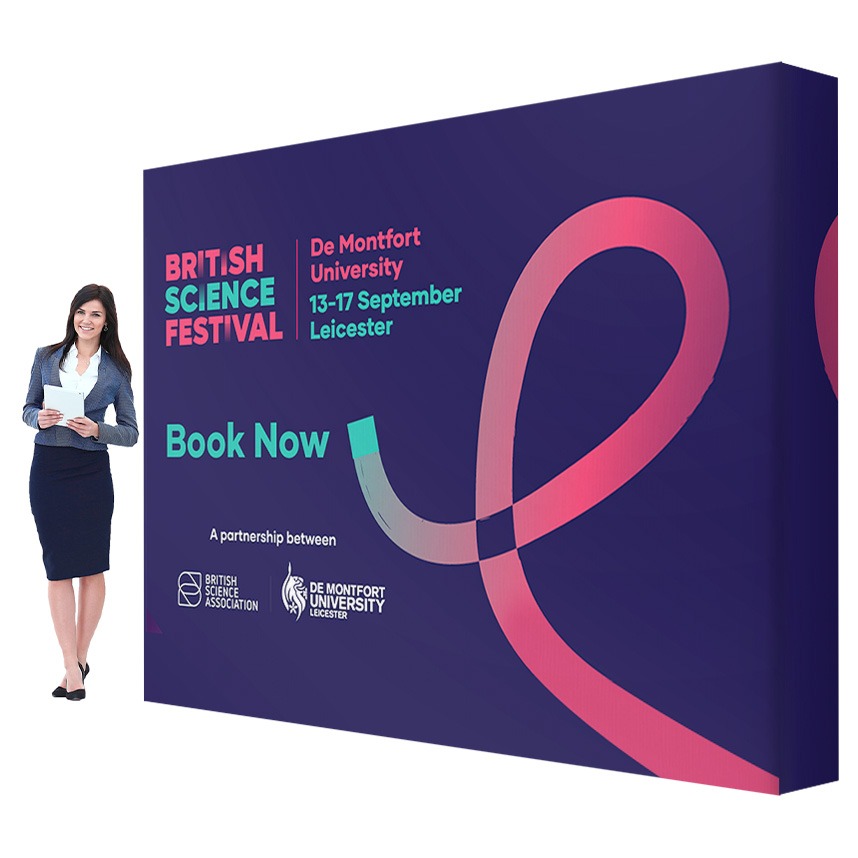
Are there any alternatives to SEG graphics?
Due to the nature of lightboxes, most are designed to have SEG fabric graphics. However, poster light boxes can have snap-open frames instead. Changing graphics involves opening the four sides, removing the protective acrylic sheet and inserting a new backlit poster.
For our SEG back walls, an alternative would be a stretch fabric back wall. These have an aluminium tube frame and a ‘pillow case’ style fabric graphic which slides over and fits the frame tightly. These are a more affordable option but require more time for assembling or changing the graphic.
Silicone Edge Graphics (SEGs) offer a sleek and versatile solution for businesses looking to create impactful displays. With their frameless appearance and ease of graphic interchangeability, SEGs are ideal for retail stores, exhibitions, and trade shows. The use of dye-sublimation printing further enhances their appeal, offering a more sustainable and long-lasting option. This modern display solution can elevate your visual marketing efforts.




